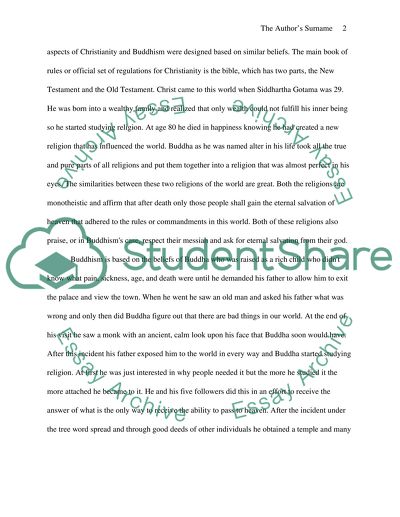Cite this document
(“How do the teachings of Buddhism and Christianity match up Where are Research Paper”, n.d.)
Retrieved from https://studentshare.org/family-consumer-science/1417975-how-do-the-teachings-of-buddhism-and-christianity
Retrieved from https://studentshare.org/family-consumer-science/1417975-how-do-the-teachings-of-buddhism-and-christianity
(How Do the Teachings of Buddhism and Christianity Match up Where Are Research Paper)
https://studentshare.org/family-consumer-science/1417975-how-do-the-teachings-of-buddhism-and-christianity.
https://studentshare.org/family-consumer-science/1417975-how-do-the-teachings-of-buddhism-and-christianity.
“How Do the Teachings of Buddhism and Christianity Match up Where Are Research Paper”, n.d. https://studentshare.org/family-consumer-science/1417975-how-do-the-teachings-of-buddhism-and-christianity.


